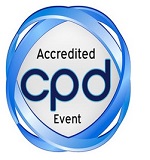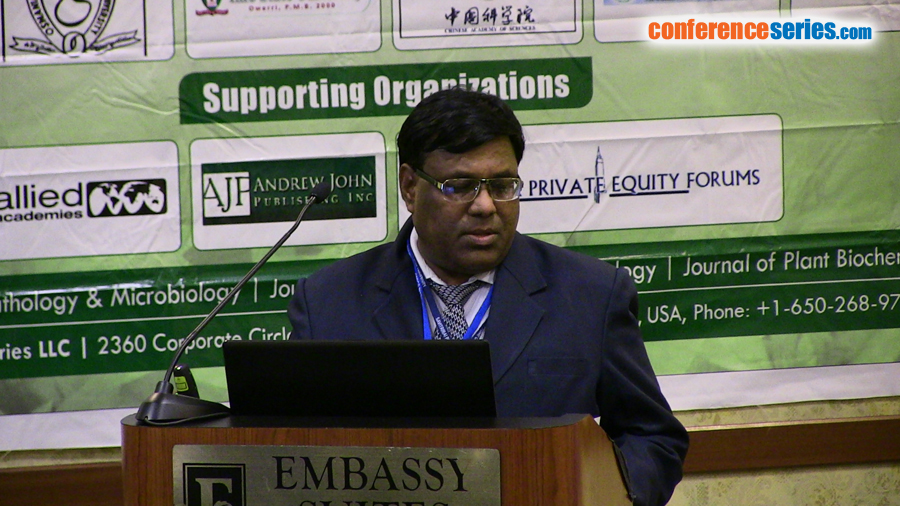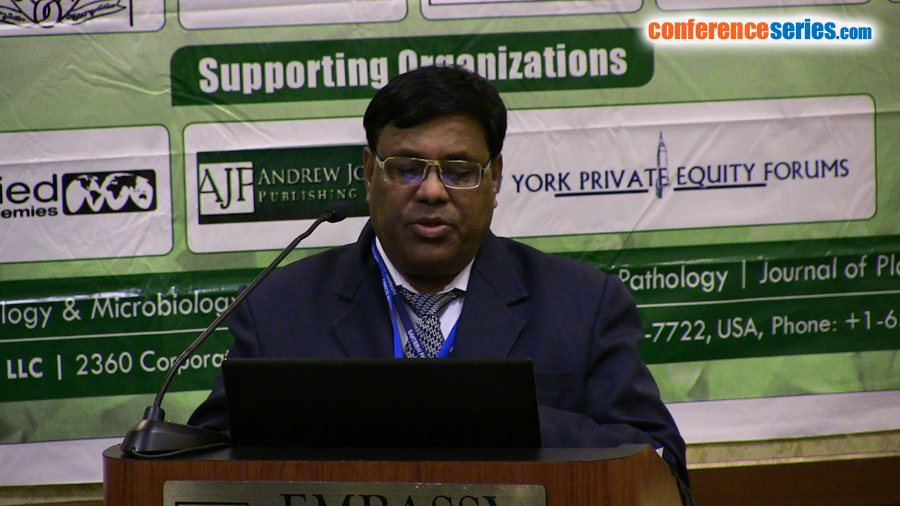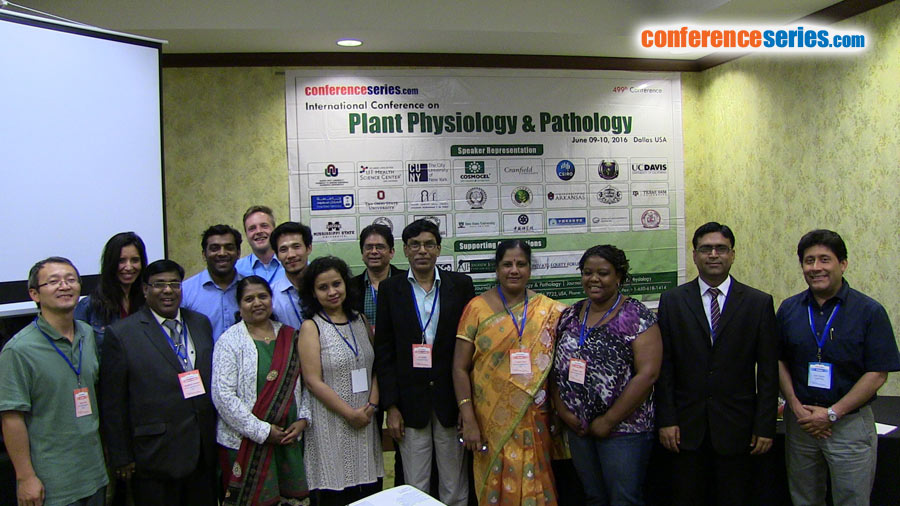
Shubhash Deokule
Savitribai Phule Pune University, India
Title: Biodeterioration of chimical constituents of some indigenous herbal drugs due to fungi
Biography
Biography: Shubhash Deokule
Abstract
India is very rich in her medicinal plant wealth. About 35,000 medicinal plants are listed all over the world. Out of that 31000 plants are listed in India. Despite being the wide use of Western medicines, more than 70 % of India’s population depends up on herbal drugs. There are about 8 lakh licensed registered medicinal practitioners of Indian Systems of Medicine and Homeopathy (ISM & H). There are about 7,000-registered herbal medicine manufacturers and 8,000 pharmacies that mainly derive their raw material requirement directly or indirectly from natural sources. Indian Pharmacopoeia records about 100 medicinal plants and their preparations. Some of these drugs are also recorded in the Pharmacopoeia of other countries of the world (viz. British Pharmaceutical codex possess 80 % of Indian medicinal plants). Hence, there is a great demand for them in the international markets. Many fungi are associated with herbal drugs under storage. Association of fungi were screened on six herbal drugs such as Acorus calamus Linn., Boerhaavia diffusa Linn., Cassia angustifolia Vahl, Clerodendrum serratum (Linn) Moon, Cullen corylifolia (Linn.) Medik and Fagonia bruguieri DC. Total 17 fungi and 68 species are isolated from the above stored drugs. It was observed that 75, 96 and 100 % RH showed significant reduction in the sugars, proteins, phenols, alkaloids, glycosides contents and maximum storage periods also proliferate the growth of fungi. Selected drugs are also screened for aflatoxin contamination confirmation but it was observed that these drugs are free from aflatoxin contamination.






